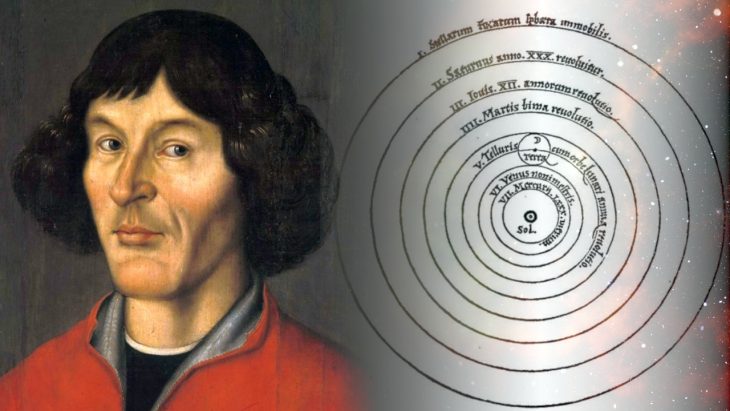
Word of the Day: Saturnine
Today’s Word of the Day, courtesy of the Oxford English Dictionary’s Online Word of the Day, is the adjective saturnine. The OED’s definition is long: “In regard to a person’s temperament, mood, or manner: gloomy, melancholy, dejected, downcast, grim; not easily enlivened, enthused, or cheered; (in early use) ill-tempered, angry.” The website www.dictionary.com gives three definitions: “sluggish in temperament; gloomy; taciturn,” “suffering from lead poisoning, as a person,” and “due to absorption of lead, as bodily disorders.” The OED’s etymology explains that second meaning: “post-classical Latin Saturninus of a character influenced by Saturn, melancholy, treacherous (12th cent. in a British source; also in continental sources), of or relating to lead (a1490 in a British source), of, relating to, or caused by lead poisoning (1712 in colica saturnina).”
The etymology on www.etymonline.com is a bit more clear: “”gloomy, morose, sluggish, grave,” mid-15c., literally ‘born under the influence of the planet Saturn,’ from Middle English Saturne (see Saturn) + -ine (1). Old medicine believed these characteristics to be caused by the astrological influence of the planet Saturn, which was the most remote from the Sun (in the limited knowledge of the times) and thus coldest and slowest in its revolution.”
On this date in 1514, Nicolaus Copernicus (Polish Mikołaj Kopernik, German Nikolaus Kopernikus, [born February 19, 1473, Toruń, Royal Prussia, Poland—died May 24, 1543, Frauenburg, East Prussia {now Frombork, Poland}]) made his first observations of the planet Saturn.
Saturn is one of the planets in the Solar System that can be seen with the naked eye, and that is what Copernicus apparently did, especially since his observations of Saturn occurred almost 100 years before the patenting of the first telescope. His observations of the 6th planet from the sun supported his theory that the universe is actually heliocentric. Prior to that, most people believed that the universe was actually geocentric.
The geocentric or Ptolemaic model of the universe had been around for centuries. Ptolemy, for whom it is named, lived in the second century C.E. He was a Greek mathematician who calculated the future positions of planets, assuming that the Earth was the center of the universe and the sun and moon and other planets revolved around it. Contrary to modern popular belief, he believed that the Earth was a sphere, not flat. Because he assumed that the Earth was in the center, the motion of his planets was not consistent; sometimes they stopped, and sometimes they even went backwards for a brief time.
It was the inconsistency of the Ptolemaic model of the universe along with his own observations that led Copernicus to hypothesizing that the sun was actually the center of things. With his theory, and with his further finding that the planets had specific cycles around the sun, he was able to accurately determine the years of all the visible planets and put them into their proper relationships.
Copernicus came up with his heliocentric model of the universe before 1514, but it is hard to say exactly when. He apparently showed an early draft of his manuscript Commentariolus (Little Commentary) to some of his friends. It was in the Commentariolus that he laid out his assumptions, which included that the sun was the at least near the center of the universe and that what appears to us as the motion of the sun is actually caused by the motion of the Earth.
Unlike Galileo, who was forced to recant some of his statements about the universe, Copernicus had no trouble with the Church. Indeed, both Pope Clement VII and Pope Paul III found Copernicus’s work interesting and wanted him to share his findings. He finally published the full version of his theory, De revolutionibus orbium coelestium (On the Revolutions of the Heavenly Spheres), in 1543, shortly before his death.
Copernicus had wide interests beyond just his interest in astronomy. He studied canon law as well as the liberal arts. He traveled some in his early years. We actually don’t know a lot about him because the biography that was written by one of his students has been lost. But what we can be sure of is that he was not saturnine, at least not according to the current definition.
The picture today is of Copernicus in front of a depiction of the heliocentric model of the solar system, found at https://www.nagaitoshiya.com/en/2012/copernican-revolution/.